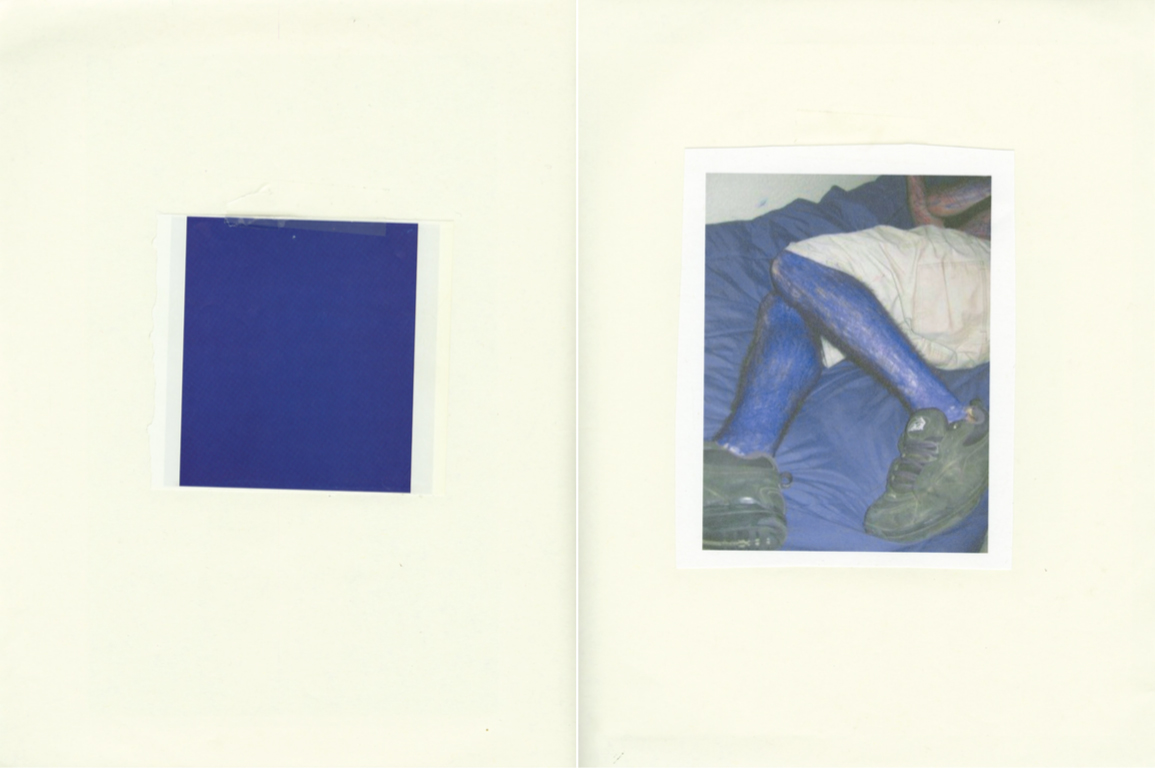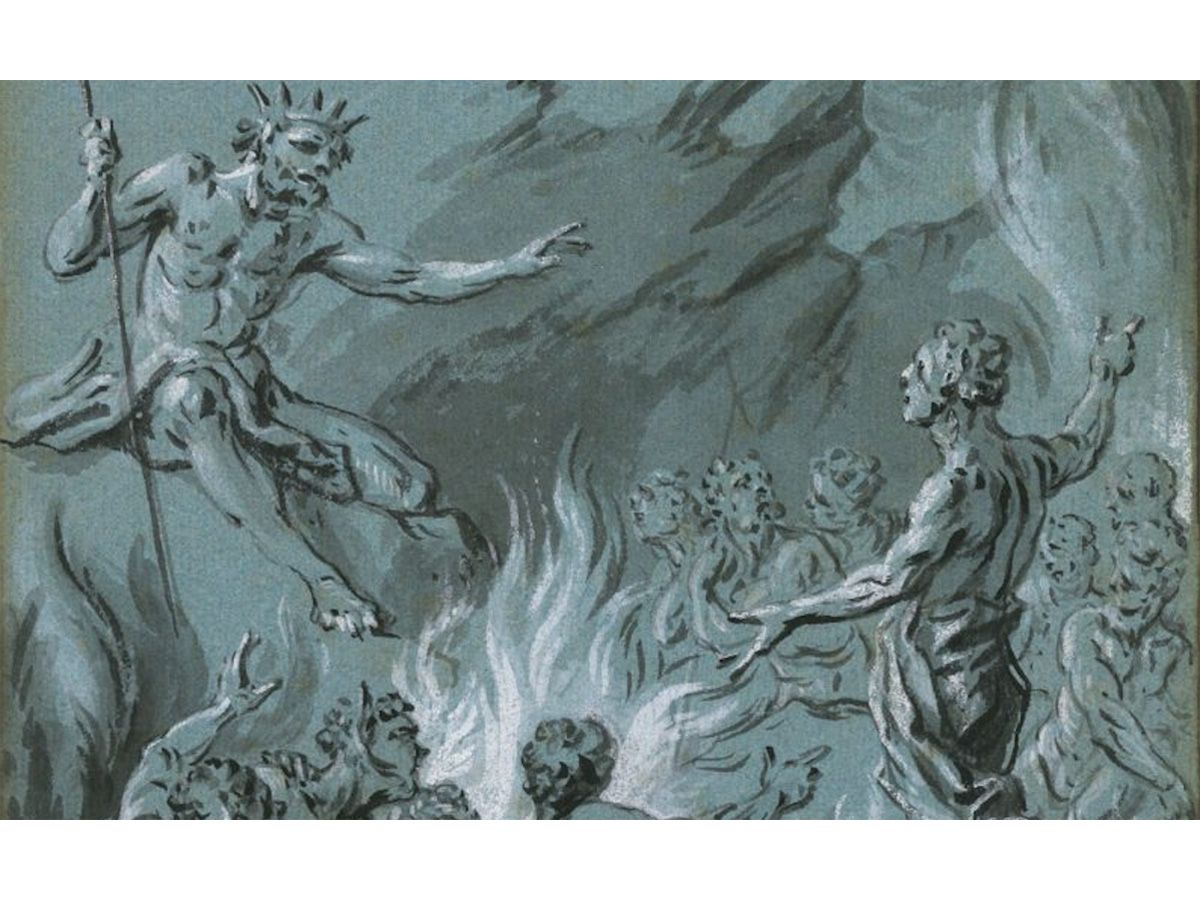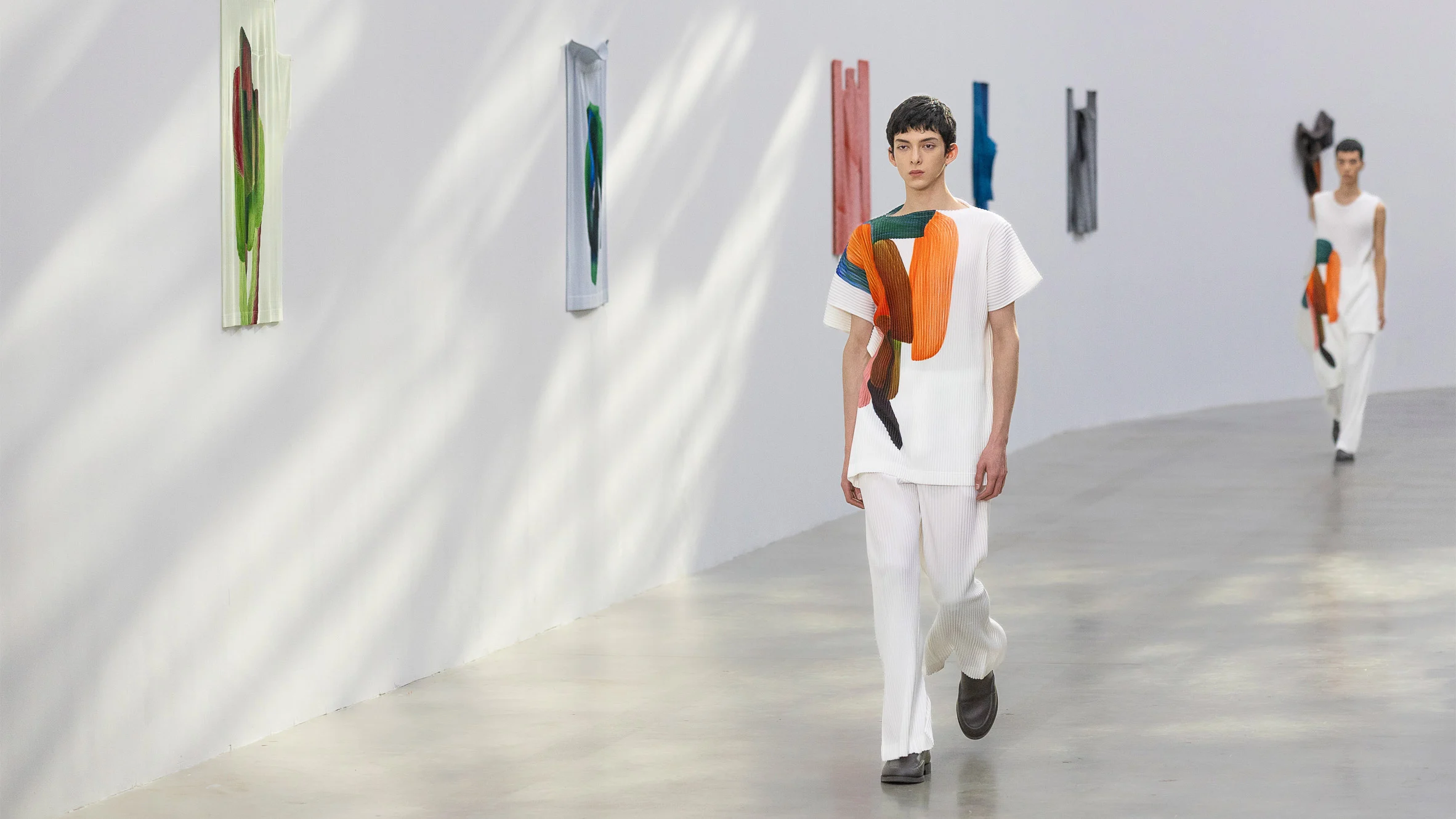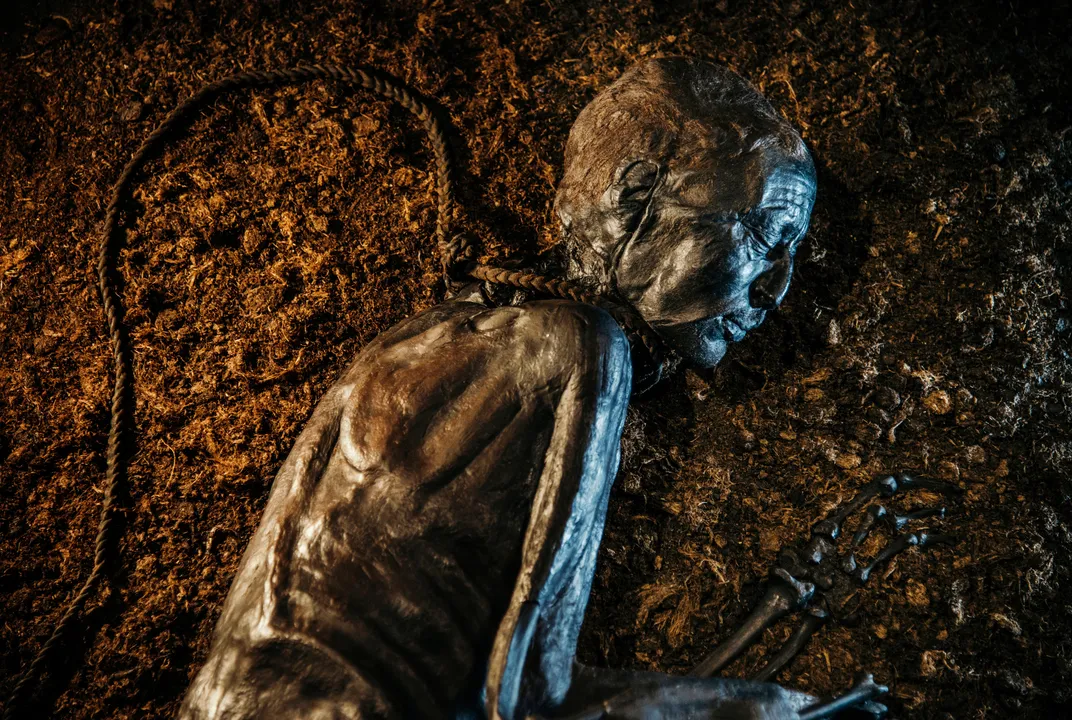The Blue paper Art Craze might sound simple, but it changed the way artists express themselves in Europe. Let’s dive into the cool story of how blue paper became a hot trend in the art world.
The Blue Paper Art Craze: Trash to Treasure: Blue Paper’s Origins

Back in the late 1300s, crafty folks in northern Italy turned discarded blue rags into something amazing: blue paper. They mashed up those old blue cloths and made pulp, creating a whole new way for artists to draw. Fast forward to 2024, and we’re talking about it in a book called “Drawing on Blue: European Drawings on Blue Paper, 1400s–1700s.”
The Blue Paper Art Craze: Meet the Art Detectives
Edina Adam and Michelle Sullivan, the cool people behind the book, want us to know the inside scoop. They’ve gathered about 100 artworks that all have one thing in common – they were made using blue paper. These drawings come from all over Europe, showing how this unique material spread like wildfire among artists.
Blue Paper’s Big Break
Blue paper wasn’t always a star; it started as a humble wrapper for parcels. Then along came Giovanni da Modena, an artist from Bologna, Italy. He rocked the art scene by using blue paper for his masterpiece “Riding Procession with a Princess, Two Men, and Pages” (1410–50). Not only did he use the fancy blue paper, but he also put a princess front and center, breaking tradition.
Colors and Shades: The Blue Paper Palette
Blue paper isn’t just one shade; it comes in a whole spectrum of blues and even grays. Artists from all over Europe fell in love with it, and in the Dutch Republic, they improved the process between 1650 and 1750. Even famous artists like Rosalba Carriera couldn’t resist the allure of Dutch blue paper for her pastel masterpieces.
Oudry’s Blue Paper Art Craze Extravaganza
Jean-Baptiste Oudry, a French artist in the 18th century, made blue paper his signature move. Imagine 70% of his drawings done on colored paper! In the book, art historian Camilla Pietrabissa spills the beans on Oudry’s 276 drawings for an illustrated edition of Jean de La Fontaine’s Fables (1668–94), all on – you guessed it – blue paper.
Blue Paper Art Craze: An Artist’s Playground
For the real art buffs, “Drawing on Blue” is a treasure trove of details. It’s like eavesdropping on artists talking to each other through their work. Even if you’re not an art expert, it’s cool to peek into the past and see how artists always find new ways to express themselves.
In a Nutshell
Blue paper went from being trash to becoming an art sensation. Thanks to artists like Giovanni da Modena and Rosalba Carriera, it became a canvas for creativity. “Drawing on Blue” takes us on a journey through Europe’s art scene, showing us how something as simple as blue paper changed the game for artists.


